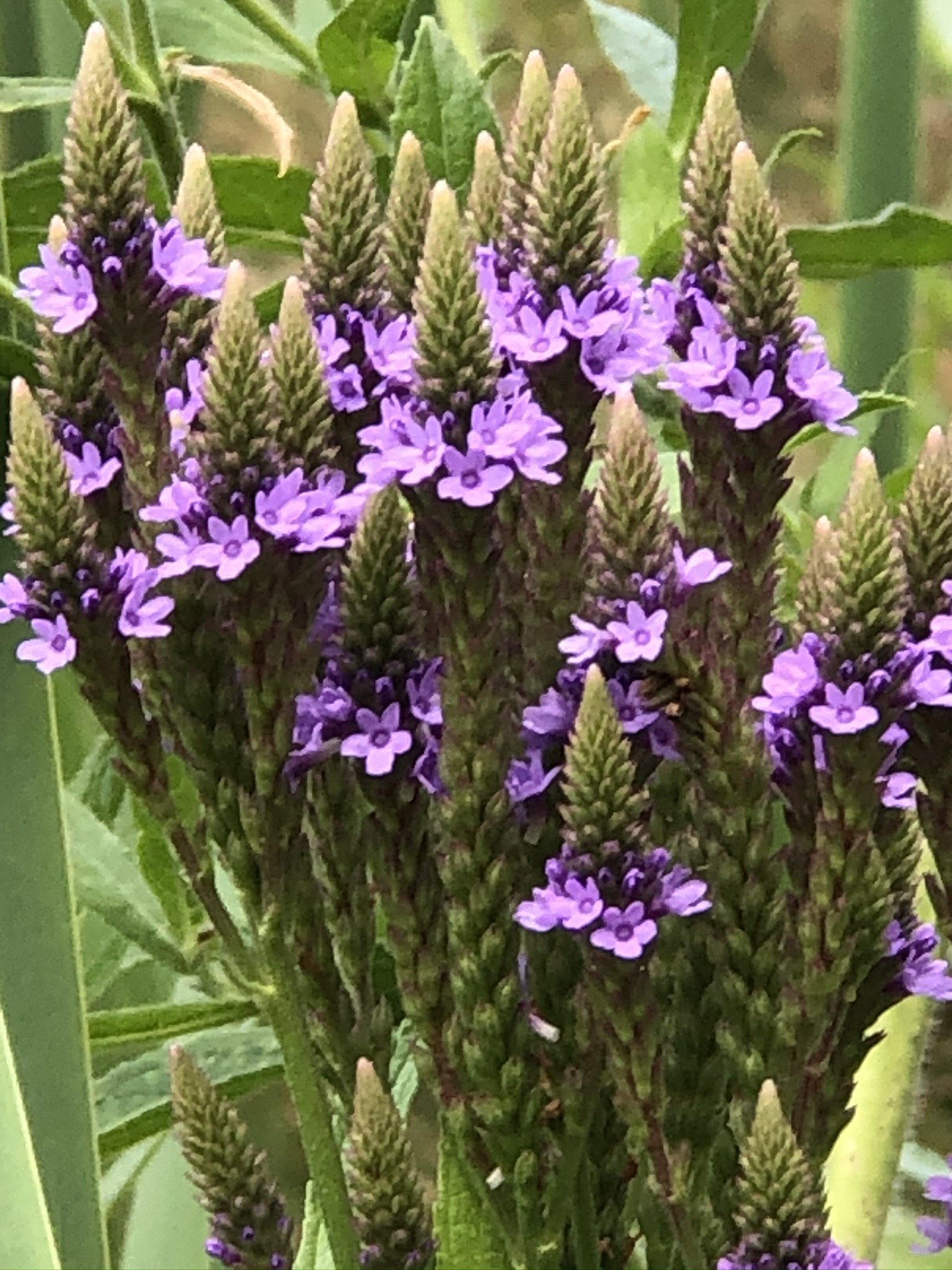5 Traditional Witch’s Herbs of Colorado
How to incorporate them for an enchanted life
As printed in Colorado Gardener Magazine, August 24, 2022
By Sara Stewart Martinelli
Throughout history, many plants have made their way into folklore and mythology. As we learn the medicinal properties of these botanical allies, we also see that their spiritual and magical stories strengthen our connection to them. Colorado is full of beautiful wildflowers, shrubs, and other flora. Building relationship with our native varietals of well-known plants shows us about living in balance in our environment and hopefully strengthens our appreciation for the natural world.
Here are a few of Colorado’s most magical wild plants.
Vervain helps calm the nervous system and is considered a protective herb.
Blue Vervain (Verbena hastata)
Blue Vervain has been revered for thousands of years. Legend states that it arose where the tears of Isis fell on the earth after the death of Osirus. It was used in ancient Egypt and Rome for sacrifices and to adorn altars to the Gods. The Druids considered it one of the most sacred herbs, second only to mistletoe. In Christian mythology it sprouted at the base of the cross and was used to stop the bleeding of Jesus’ wounds. Cultures around the world have used it for casting spells, protection amulets, love potions, and to purify spaces by sprinkling the consecrated water of its tea. Modern mythology lists vervain as a protective herb that renders a vampire powerless in its presence.
Medicinally, vervain is a powerful nervine that helps calm the parasympathetic nervous system. It aids in digestion by improving the absorption of nutrients and has long been used to ease women’s menstrual symptoms. Not recommended during pregnancy, this bitter herb has a wide range of medicinal and spiritual gifts. To protect the home, sprigs of wild blue vervain can be dried and fashioned into swags to hang above doors or near the windows. Small amounts of vervain can be place in lockets or in medicine bags to help protect yourself from being unduly pressured or influenced by others, and may offer the strength you need to speak your truth and stick to your own principles.
Borage flowers are a tonic for the adrenal system and have a long association with bolstering courage.
Borage (Borago officinalis)
This common garden annual flower has bright blue flowers in the shape of a five pointed star. As if by magic, the flowers turn pink once they’ve been pollinated. These starry flowers have a long history of use for bolstering courage and bravery. They were embroidered on the tunics of knights and slipped into men’s drinks to give them the courage to propose. The flower and leaves are a tonic for the adrenal system, which may be why it was linked with courage. Borage, an easy to grow, large, unruly annual, is anti-inflammatory and can be used both externally and internally to help soothe swollen tissues and aid in healing. The flowers make excellent amulets to allow us to face our fears. Like vervain, a flower or two in a locket will keep the spirit of borage near your heart reminding you to be brave and courageous.
Goldenrod has many useful medicinal properties and a long history of attracting prosperity.
Goldenrod (Solidago ssp)
This tall showy perennial wildflower in the Asteracea family has sunny yellow flowers arranged in panicles like golden fronds. Used externally, goldenrod promotes tissue and wound healing. Internally, it helps cleanse the kidneys, and is used for incontinence and urinary infections. It is useful in herb blends to alleviate symptoms of colds, flu, bronchitis, cough, hay fever, and store throat, as well as digestive issues like nausea and diarrhea. Both astringent and anti-inflammatory, it can be used topically for arthritis, boils, burns, eczema, swelling, wounds, or insect bites.
Goldenrod has a long history of attracting prosperity. The flower is said to nod in the direction of lost objects when held in the hand. Carry the flowers or dried herb, or hang them in places of business to attract customers and good fortune. A wreath of the dried stems on your door invites prosperity to your home, while burning the dried flowers opens pathways to abundance. The flowers will also act as a natural air freshener. Make a dye from the leaves and flowers, and dye natural linen or cotton fabric to further increase the potency of a charm or medicine bag.
Hawthorn is one of the best tonics for the heart and cardiovascular system.
Hawthorn (Crataegus spp)
The Hawthorn is a deciduous tree or shrub. A member of the Rosaceae family, it has lovely three lobed leaves with fruits called “haws” that resemble rosehips and long, sharp thorns on the branches. Known as the “Fairy Tree” it blossoms in May, (the month of courtship and love making), when its flowering branches are used to decorate halls and churches, marking Spring and the coming of Summer. It was used as a marriage torch in ancient Greece and brides were adorned with hawthorn crowns at weddings. Young girls collected dew from the hawthorn at dawn.
“The fair maid who, the first of May, Goes to the fields at break of day And washes in dew from the hawthorn tree, Will ever after handsome be”
The blossoms were used for garlands and large leafy branches were cut, set in the ground outside houses as so-called May bushes and decorated with local wildflowers. There was a very strong taboo against bringing hawthorn into the house. In Britain they say bringing in the blossoms will be followed by illness and death. “Hawthorn bloom and elder-flowers will fill a house with evil powers.” Sprigs of hawthorn will protect a baby in the cradle provided there are no flowers!
Though closely related to love and beauty, sometimes hawthorn was considered unlucky. Witches make brooms from it. Like the elder, it is inhabited by the spirits of fairies and wee folk. Sacred to fairies, the hawthorn stands at the threshold to the Otherworld and at Beltane (May Day) people may be lured to the Fairy world for what seems like a brief visit, but may be several years. Such trees could not be cut down or damaged without incurring the wrath of their supernatural guardians.
Medicinally, Hawthorn is one of the best tonics for the cardiovascular system and the heart. It normalizes blood pressure, strengthens the heart muscles, dilates blood vessels, improves circulation, lowers cholesterol, and improves action of the heart muscles. It can help reduce blood vessel inflammation and strengthen connective tissue. It helps calm the spirit during times of stress or serious infection. It has been used for altitude sickness, heart weakness or palpitations, irregular heartbeat, and to prevent heart attacks.
The sharp needle-like thorns were collected in a small glass bottle and placed in a window to protect against lighting, negative spirits, and energies. Along with its protective and love promoting properties, it’s one of the three sacred trees of the Druids (Oak, Ash, Thorn). It offers the healing power of hope, love, trust, and forgiveness, and encourages resiliency of the heart.
Mugwort is an oneirogenic plant, meaning it produces or enhances dreamlike states.
Mugwort (Artemisia vulgaris)
A member of the Artemisia family, mugwort is named for Artemis, goddess of the hunt and the moon. The leaves of plants in this family have a silvery hue that glows in moonlight. Long associated with the awakening of the ‘third eye’ and increasing psychic power, an infusion of mugwort can be used to wash a pendulum or crystal ball, or to wash hands before performing tarot readings. A tea of mugwort and rosemary can increase psychic ability, and an incense of mugwort and sandalwood is useful during divinatory readings of any kind.
Mugwort is also used to increase prophetic dreams and astral projection; place some beneath the pillow to aid this practice. Such dreams can be used to answer difficult questions or find alternative pathways when feeling stuck. Interestingly, mugwort has been associated with protection from negative spirits and disease. In Japan, bunches of mugwort have been used to brush away disease, and in China, it keeps evil spirits from entering buildings. European folklore tells us that mugwort will keep naughty fairies and elves out of the home, and that when carried, you cannot be harmed by poison or wild animals.
Medicinally, it warms the body and helps to clear toxins and parasites. Small amounts of mugwort tea can strengthen digestion and nerves, while the leaves have been found to be anti-bacterial and anti-viral, proving active against strep and e.coli, and possibly even Covid-19. A gargle of mugwort soothes a sore throat, while a linament can alleviate a headache or the pain and itch of bug bites.
The Harvest season of magic and mystery is a perfect time to incorporate plants into your spiritual well being.





